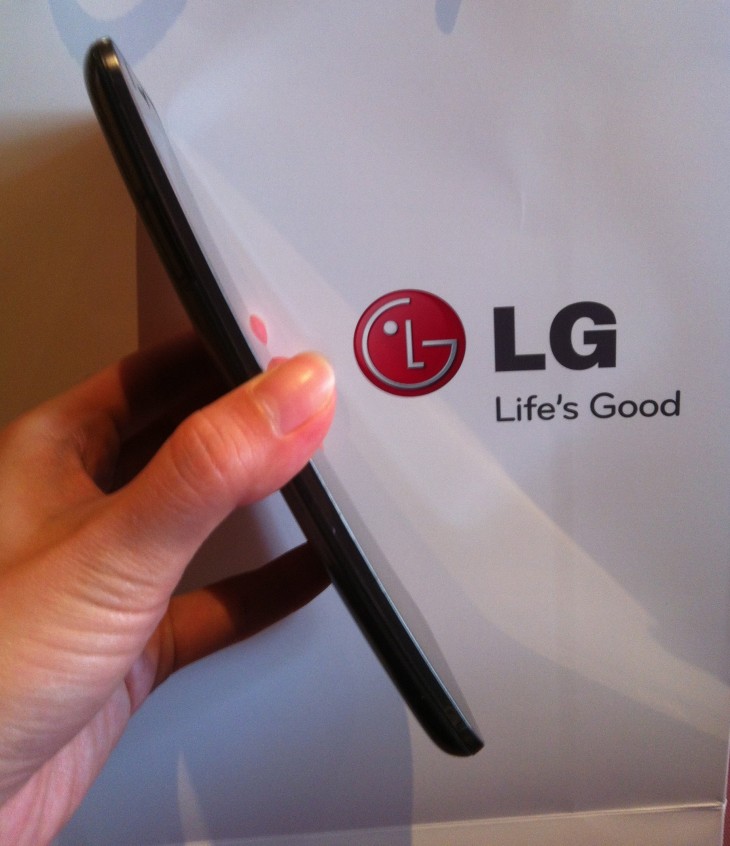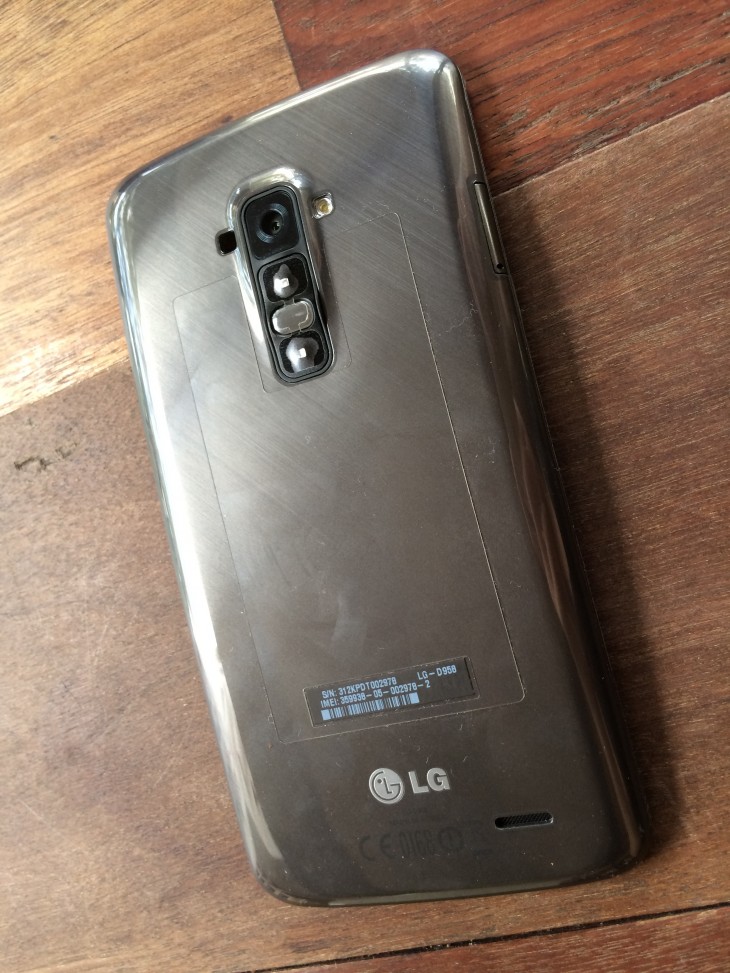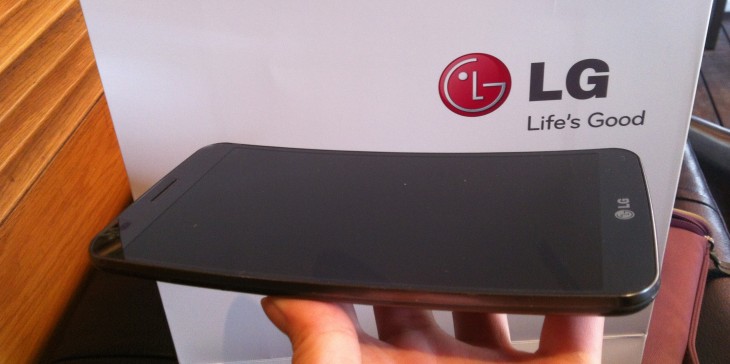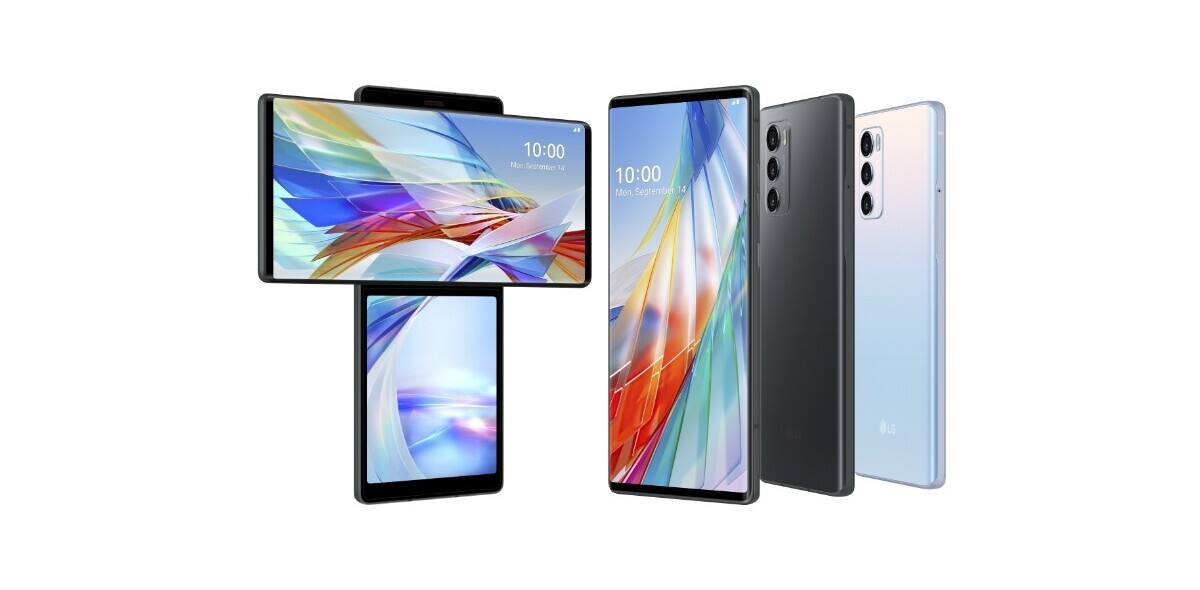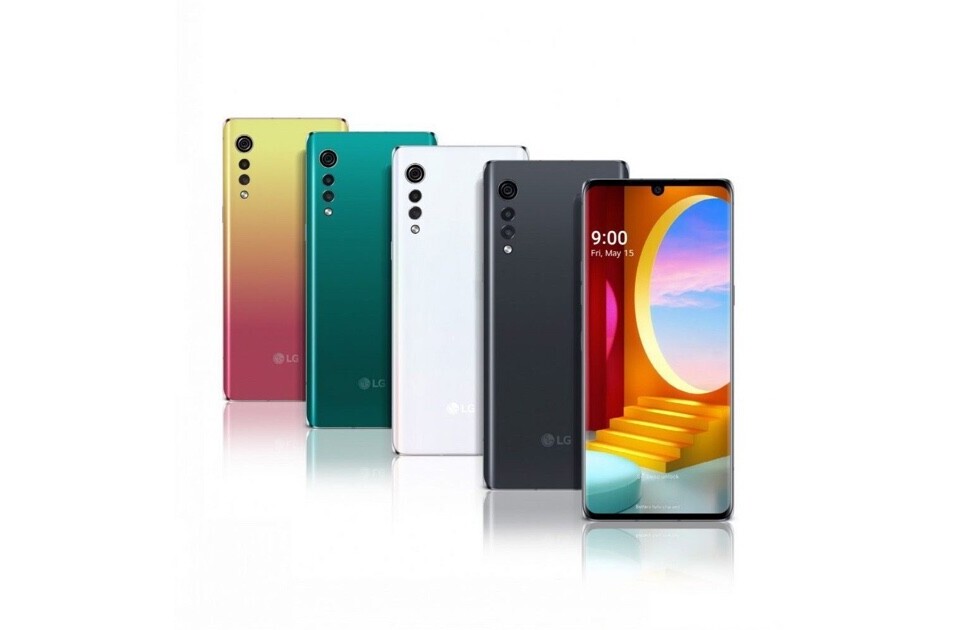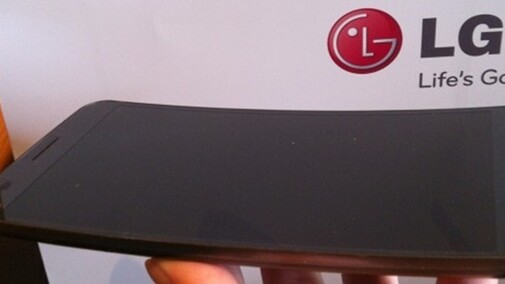
Curved smartphones have hogged the limelight this year in the gadget world for their groundbreaking technology in hardware — Samsung became the first to roll out a smartphone with a curved display screen in October this year, and LG followed shortly after with the G Flex.
The G Flex is LG’s take on a curved smartphone. It comes with a vertical curve and self-healing cover — and just like LG’s flagship G2 smartphone, its power and volume buttons are located on the back, and it runs Android Jelly Bean (version 4.2.2).
Compared with Samsung’s Galaxy Round, the G Flex is curved in a different way — the screen is curved from top-to-bottom instead of horizontally. LG describes it as “curved to follow the contour of the face.”
Design
The design of the G Flex is undoubtedly the highlight of the device. The G Flex is gigantic — it has a six-inch 720p display that technically should make it really difficult to hold. However, this is where the effects of the curved design kicks in: you can get a grip on this huge device without feeling like it’s going to slip out of your grasp at any time.
I typically struggle when handling mammoth-sized smartphones, but the G Flex fits comfortably into one hand because of the contour — it somehow or other feels just right, which really surprised me.
LG says that the G Flex’s curved design originated from the curved silhouette of the human body, and the 700mm radius curvature was decided upon after thorough consumer research. The vertical curve was made possible only because of LG’s development of a curved battery — which differentiates it from Samsung’s Galaxy Round — and it pays off.
The vertical curve of the phone fits to the line of your face, which makes the quality of voice calls better — an LG product manager tells TNW that the volume of a call is typically raised by three decibels with the G Flex. I tried this out by calling my colleague Jon on Skype — and the call quality was really good: clear and loud.
Another unique feature, brought over from LG’s G2 device, is the placement of the power button and volume rocker on the rear side of the G Flex.
LG’s idea is to make vital hardware buttons that would normally be on the side of the device much more accessible; an issue that has become more prevalent with the growing demand for Android handsets with larger displays — and it works amazingly with the curved design. When holding the G Flex in your hand, your index finger naturally falls into place in contact with the rear buttons, making it extremely convenient to wake the phone and adjust the volume.
The G Flex also has one more nifty design feature — it has a self-healing coating on the back cover, so minor scratches can be covered over and become less apparent. This is the first time the coating has been applied to a smartphone — the technology is already present in cars and furniture.
Due to the G Flex’s bendable design as well, you can even sit on it or apply pressure to the back of the device. Putting my fist and applying pressure to the phone flattened it, but it literally bounced back without any damage. If you’re the kind of person to put a phone in your back pocket, this might save you damaging the device.
http://www.youtube.com/watch?v=Xe4JO3qnGh0
Basically, the G Flex is designed for flexibility. It does feel a tad lightweight because of the plastic OLED LG has used, but this is the trade-off for having a device that curves naturally and can (sort of) bend.
Display and user experience
Despite its 720p display, which comes in lower than many of the other smartphones on the market — including LG’s very own G2 set at a 1080×1920 resolution — LG’s G Flex applies a color technology known as real RGB which the company claims produces better color expression and picture quality. The conclusion? From our testing over two days, it appears to deliver on that promise. The colors are rich and vibrant, and images are sharp and detailed — especially when watching videos and playing games.
To highlight the G Flex’s curved screen, LG has introduced a few new UX features. One of them, the swing lock screen, is a tad gimmicky but strangely fascinating. Offering a fluid style of user interface, the swing lock screen displays a 180 degree view of the design — which is offered in a daytime or nighttime version according to your clock. Depending on the tilt of the G Flex when held, the screen reflects different parts of the wallpaper — you can see all the way from the starry night sky to the shimmering water.

The curved screen works especially well with images that swoop in from the side when in landscape mode. I tested out the game Badland — which is a side-scrolling action adventure in a forest. The curved screen makes the side-scrolling and thus the game a lot more immersive.
LG claims that watching videos is also more immersive on a curved screen, but there was barely any difference to me.
However, with its huge screen, the G Flex is after all optimal for watching videos. LG has thus introduced a ‘Quick Theater’ feature which is pretty cool. With your phone in lock mode, turn it into a landscape position, touch the screen and drag outward with both fingers at the same time — imagine curtain opening — to automatically enter Quick Theater, which offers one-touch access to photos, videos and YouTube.
The six-inch screen also affords more space for you to multitask, which is why LG has introduced a dual window feature that splits the screen into two separate windows.
Camera
The G Flex is equipped with a 13-megapixel rear-facing camera which comes with bigger pixels that apparently lead to brighter photos. The photos may look bright, but they are disappointingly noisy and lack contrast. Here’s a sample shot — as you can see, the blacks are too dark and the white and beige colors are not differentiated enough.
Not content to simply focus on photo quality, LG has thrown in a few other additional features that stem from the addition of a LED light to its rear buttons. In particular, there is a face detection feature that helps you take better selfies. When taking a self-portrait with the rear camera, the LED light blinks yellow while focusing and making sure your face is in the picture, before finally blinking green to indicate success.
LG is obviously trying to eliminate the use of a lower-quality front-facing camera that takes grainy selfies. However, the company has made it extremely inconvenient to access the feature. You have to be in camera mode, go to settings and click on ‘Focus’ before you finally get to select a ‘Face Tracking’ option.
Furthermore, when I tested it out, the detection wasn’t all that accurate at all. My face ended up in the left side of the frame, and a couple of times the photo was blurred when taken in low light.
Performance and battery
The G Flex runs on a quad-core Snapdragon 800 processor, as well as 2GB of RAM. With such powerful specs, the phone delivers a smooth and fast experience while playing games such as graphic-heavy Badland and resource-intensive video game Asphalt 8.
It is also powered by an impressive 3,500 mAh battery; LG tells us this should last a user anything from 20-29 hours. The large display no doubt contributes to the need for such a powerful battery. Putting the G Flex through a few downloads of large apps, playing games, several videos, capturing photos and sending emails over five active hours or so saw about a quarter of the battery sapped. After being on standby for two days, its battery level is still at half a full charge.
Wrap-up
The G Flex has proven that a curved device is not just about groundbreaking hardware technology — it is a natural evolution of how smartphones should eventually be like. In other words, the G Flex has convinced me that curved phones are here to stay.
The hardware of the G Flex actually impresses me much more than the user experience though. All in all, the G Flex is a solid smartphone with excellent performance. However, with its large screen and disappointing camera, I find it hard to reconcile this with a device I would use for all my daily mobile needs. Rather it could be an excellent alternative device for viewing videos and playing games — the curved screen really makes the experience more immersive.
In Singapore, the G Flex is selling for a recommended retail price of S$1,088 ($870) — placing it squarely into the high-end device category. For comparison, the G2 retails for S$898 in Singapore. Whether or not consumers will bite seems to boil down to how willing they are to pay for a plastic screen as the trade off for a flexible device — after all glass screens are the norm right now, and it will take time for change to set in.
Headline image via LG
Get the TNW newsletter
Get the most important tech news in your inbox each week.

